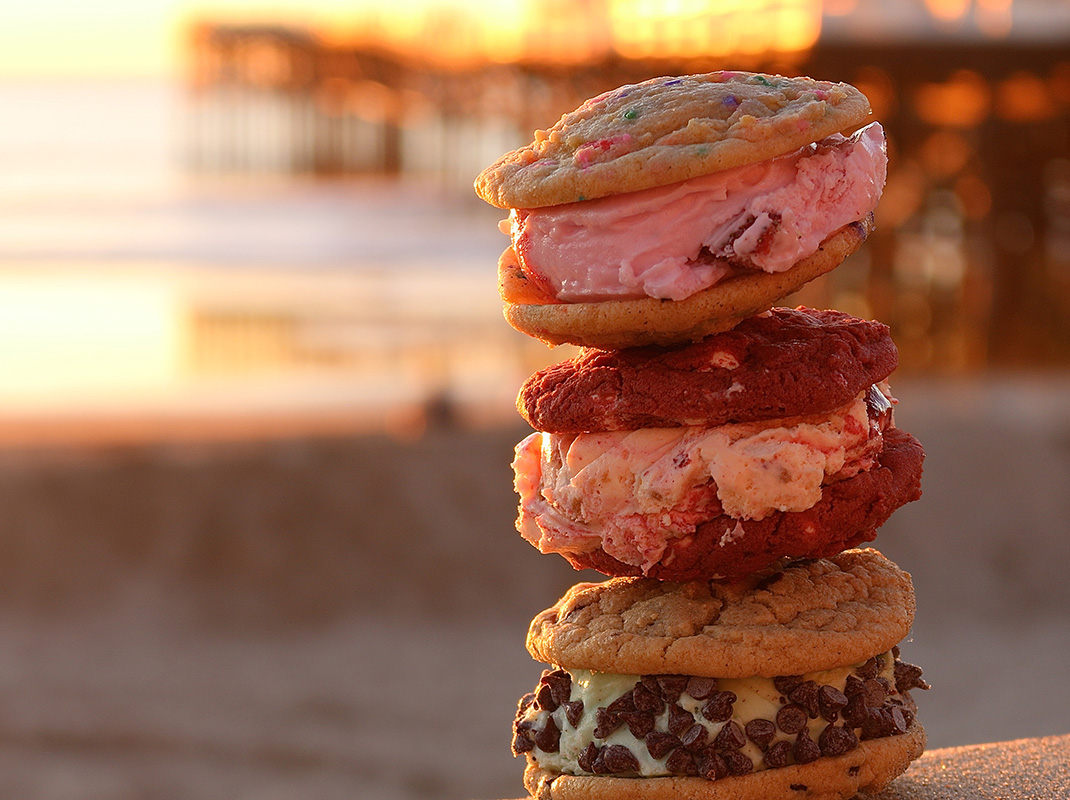


“We happened to set our concept up in an expandable way, but our goal above all was to create that hometown, local, mom-and-pop ice cream shop,” Stanger says. That philosophy reflects the Baked Bear’s origin story in which big growth was not a key consideration. They prefer operators who are involved with their local communities, understand the value of supporting the store, and plan on giving it the passion that it needs to do well. “We’re pretty much just limiting the new growth to people who want to work in their shop day in and day out who understand that it takes hard work.”Įarly on, Stanger and Robbins opened and closed the shop for months. “We’re only talking to people who come to us,” Stanger says. “Instead of spending a bunch of money on marketing, we spend time putting ourselves and our products out there,” Stanger says.Īs far as growth strategy goes, Stanger and Robbins focus on outstanding franchisees in dense areas. By taking its catering operation mobile, the Baked Bear can dive into special events. On top of utilizing social media platforms like Instagram to gather hype for its seductively decadent product, Stanger and Robbins have turned to a community-oriented marketing strategy to entice customers in new markets. As the brand developed, choices like the hand-painted bear logo and canvases of ice cream sandwiches on the walls continued to convey a homey, welcoming atmosphere. Originally the design was based purely on Stanger and Robbins’ own taste.
#Baked bear windows#
“You can see the windows through to the back, eggs being cracked, the mixer going, the baker’s hand scooping the cookies,” Stanger adds.ĭecorated in blues, whites, and wood tones, pops of color play off cement floors to create an atmosphere that Stanger calls a hybrid of industrial chic. On average, Baked Bear locations are about 1,200–1,300 square feet, and increasingly the shops are being built with open kitchens. “When I work on the line, I’ll serve 100 people, and each one will get something different.” You can do a double-decker,” Stanger says. “There are probably hundreds of thousands of customizations, because you can split ice creams if you wanted to. The Baked Bear’s menu is meant to be simple, Stanger says, and relies mainly on customer preference, especially given the multitude of possible combinations. The ice cream selection includes Salted Caramel Fudge, Toasted S’mores, and new Blackberry Crumble-a favorite of Stanger’s-that features a vanilla base with a blackberry ripple and crumble pieces like cheesecake crust. And then hot-pressed, with fudge on top.” A lot of people like to get one side Cookies & Cream cookie, one side brownie, with Bear Batter ice cream, which is the blue cake batter with brownies and fudge. “One of the most popular items is the Baked Bear combo,” Stanger says. As customers walk in, they are met with all the cookies, Stanger says.Ĭustomers can also choose a brownie or doughnut as buns. “We went with the product that’s fun, creates excitement, and is more novel.” Plus, the sweet sandwiches could be marketed in creative ways.īaked in-house daily, cookies range in flavor from traditional Chocolate Chip and Red Velvet to colorful Funfetti Cake and the ever-changing Cookie of the Month. “A lot of our favorite restaurants are the ones that have that open kitchen where you can see what’s being made,” Stanger says. They also wanted to incorporate a homemade, baked-from-scratch element. The focus on ice cream sandwiches came naturally, Stanger says, as both he and Robbins are big dessert fans. In 2013, the duo opened The Baked Bear, a build-your-own ice cream sandwich shop, in their hometown of San Diego. “We knew we were young enough to take the risk, and we had a lot of great ideas.” “We found a location and sort of just ran with an idea that we had for a while,” Stanger says. At the age of 25, Shane Stanger and friend Rob Robbins left behind budding careers to jump headfirst into business together.


 0 kommentar(er)
0 kommentar(er)
